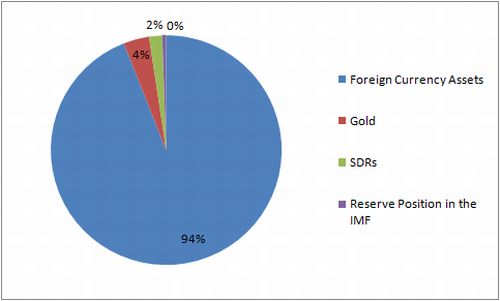I have tried to compile a comprehensive India ETF list. This contains all ETFs available to Indian investors currently. All these trade on the National Stock Exchange, and if I have missed any, please let me know.
India ETF: Equity
Nifty BeEs: This is an index ETF that tracks the Nifty, which means that it holds the stocks in the same proportion as they are present in the Nifty index. It has an expense ratio of 0.50% as on 29th May 2009.
Junior Nifty BeEs: This is an index ETF that tracks the performance of the CNX Junior Nifty index. It has an expense ratio of 1%.
Bank BeEs: This is an index ETF that tracks the performance of the CNX Bank Nifty. It has an expense ratio of 0.50% annualized.
PSU Bank BeEs: This is an index ETF that tracks the performance of CNX PSU Bank Index. It has an expense ratio of 0.75%.
Shariah BeEs: This is an index ETF that tracks the CNX Nifty Shariah index. The expense ratio of this ETF is 1.00% annualized.
S&P CNX Nifty UTI Notional Depository Receipts Scheme (SUNDER) ETF: This is an Index ETF that tracks the S&P CNX Nifty.
Kotak PSU Bank ETF: This is an index ETF that aims to provide returns corresponding to the CNX PSU Index. It has an expense ratio of 0.65%.
Reliance Bank Exchange Traded Fund: This is an index ETF that tracks the CNX bank index. It has an expense ratio of 0.80% up to Rs. 500 crore of assets, and 0.70% beyond that.
Quantum Index Fund QNIFTY ETF: This is an index ETF that tracks the performance of the CNX Nifty. It has an expense ratio of 0.75%.
India ETF: Liquid
Liquid BeEs: Liquid BeEs invests in a basket of call money, short-term government securities and money market instruments of short maturities while maintaining safety and liquidity. It has an expense ratio of 0.60% annualized.
India ETF: Gold
Here is the list of all the gold ETFs in India from an earlier post.
| Name | Expense Ratio | Pricing Per Unit | Inception Date |
| Benchmark Mutual Fund – Gold Benchmark Exchange Traded Scheme | 1% | Approximately 1 gram of gold | 07 – March 2008 |
| UTI Mutual Fund – UTI Gold Exchange Traded Fund | 2.5% | Approximately 1 gram of gold | 3rd Jan 2007 |
| Kotak Mutual Fund – Gold Exchange Traded Fund | 2.5% | Approximately 1 gram of gold | 21st June 2007 |
| Reliance Mutual Fund – Gold Exchange Traded Fund | 2.5% | Approximately 1 gram of gold | 1st November 2007 |
| Quantum Gold Fund – Exchange Traded Fund | 1.25% | Approximately half a gram of gold | 27th February 2008 |
| SBI Mutual Fund – SBI Gold ETF | 1.50% | Approximately 1 gram of gold | 30th March 2009 |

